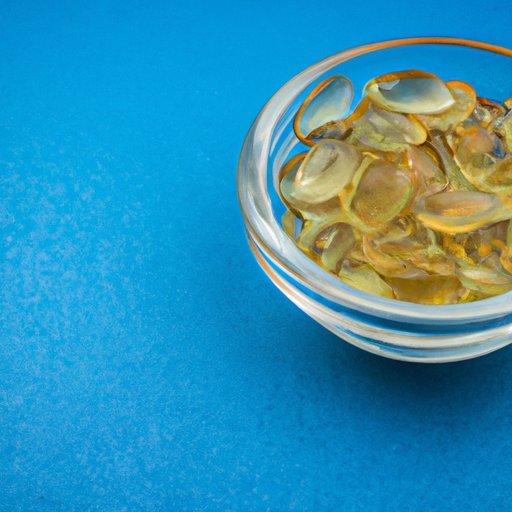
How to Remove Milia: Your Ultimate Guide to Clear Skin
Have you ever noticed small white or yellow bumps on your face that just won’t go away? These bumps are called milia, and they can be frustrating to deal with. While they’re not harmful to your health, they can be unsightly and sometimes hard to get rid of. In this article, we’ll go over everything you need to know about milia, including how to identify them, home remedies, diet, over-the-counter products, prescription medications, procedures, prevention tips, and more.
Understanding the Basics
Milia are small, usually painless bumps commonly found on the face, cheeks, eyelids, and nose. They’re caused by dead skin cells getting trapped in the pores, forming small cysts that can be difficult to remove. There are two types of milia: primary milia, which are often found in infants and disappear on their own, and secondary milia, which can occur in adults and are caused by damage to the skin. With that in mind, it’s important to understand what type(s) you’re dealing with in order to choose the best treatment options.
At-Home Remedies
You don’t necessarily need to see a dermatologist to get rid of milia. There are plenty of at-home remedies that can be effective, such as exfoliation, facial saunas, and oil cleansing. Exfoliation involves gently scrubbing the affected area with a mild exfoliating product to remove dead skin cells and unclog pores. Facial saunas involve steaming your face with warm water to open up your pores, making it easier to remove milia. Oil cleansing is a method of using natural oils (like olive or jojoba) to remove debris from your skin and unclog pores. It’s important to be gentle and not use harsh products that can further irritate the skin.
The Role of Diet
While there’s no proven direct link between diet and milia, there are some foods that can contribute to the formation of cysts in the skin. For instance, processed foods, dairy, and sugar can all cause inflammation in the body, which can lead to skin issues. On the other hand, foods that are rich in antioxidants (like fruits and vegetables) can help keep your skin healthy and prevent breakouts. Drinking plenty of water can also help hydrate your skin and flush out toxins.
Over-The-Counter Products
If at-home remedies aren’t effective, there are plenty of over-the-counter products that can help. Look for products that contain salicylic acid, glycolic acid, or retinol, as these ingredients can help unclog pores and reduce inflammation. However, be sure to avoid products that contain harsh chemicals, as they can irritate the skin and make the problem worse. Test a small area before using any product all over your face if you have sensitive skin.
Prescription Medications
If milia persist despite at-home and over-the-counter treatments, it may be time to see a dermatologist. Depending on the severity of the milia, your doctor may prescribe medication to dissolve the cysts. These medications include topical retinoids and chemical peels, which work by increasing cell turnover and removing the top layer of skin, respectively. Lasers and minor surgical procedures may also be used to remove milia under the guidance of a professional.
What to Expect During the Procedure
If you decide to go the medical route when treating milia, it’s important to know what to expect. Depending on the procedure, you may need to schedule multiple appointments or undergo a local anesthetic. The procedure may cause some discomfort, including redness, swelling, and scarring in some cases, but this isn’t common. After the procedure, your doctor will provide instructions on how to care for your skin, which may include avoiding sun exposure and using a gentle cleanser.
Prevention Tips
The best way to deal with milia is to prevent it from forming in the first place. Here are some tips:
- Cleanse your face regularly with a gentle cleanser
- Exfoliate your skin regularly to remove dead skin cells
- Drink plenty of water to stay hydrated
- Eat a healthy diet rich in antioxidants
- Avoid picking or scratching at your skin
Conclusion
Milia can be a frustrating skin condition, but with the right treatment and prevention strategies, they can be removed or prevented from forming in the first place. Whether you choose to go the at-home route or see a dermatologist, be sure to be gentle with your skin and avoid using harsh products that can further irritate the cysts. With a little patience and diligence, you can banish milia for good.




